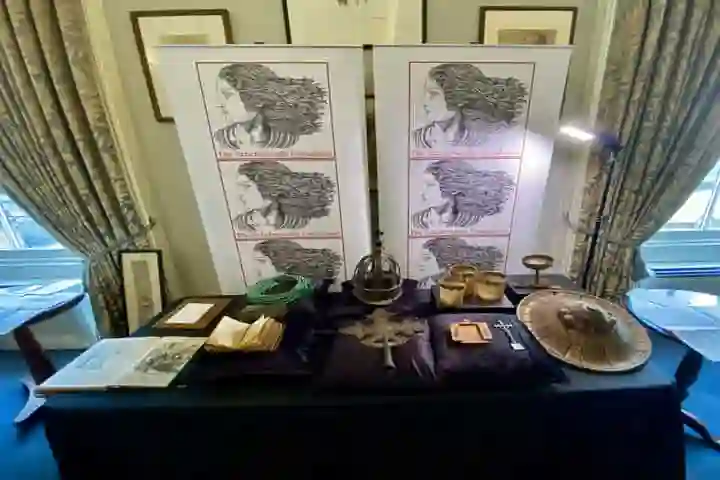Ethiopia’s art and heritage are all set to become richer as many priceless objects which were looted by the British are making their way back to the country. An article in smithsonianmag.com states that according to the Ethiopian News Agency reports, a United Kingdom based private non-profit group — the Scheherazade Foundation – bought these objects with the aim to restore them.
Among these artefacts are the British forces seized Bible and Imperial shield. These were taken by the British Army during the 1868 Battle of Maqdala.
Alula Pankhurst, a member of Ethiopia’s National Heritage Restitution Committee called this return as “single most significant heritage restitution in Ethiopia’s history.”
Describing these artefacts acquired through a private art collector and an auction house as “memorials”, the Ethiopian Ambassador in UK, Teferi Melesse Desta said that they would help the country to mourn the losses caused by the British attack. He told the media: “Lives were lost, families separated, traumas inflicted, culture was looted.”

The early 1860s saw the advent of the Maqdala conflict. It started when Emperor Tewodros II, the Coptic Christian Emperor, angered with British refusal to help him in his military campaigns, captured numerous British envoys and missionaries and took them as prisoners.
Following this, in late 1867, the British Government responded by sending its forces to rescue the hostages. The English Army, suffering very few casualties, managed to kill Tewodros’ troops in hundreds. Preferring to die rather than be imprisoned, Tewodros committed suicide.
Accounts of that period talk about the looting of Maqdala’s fortress and church by soldiers and the released hostages.

Maqdala, a village located in northern Ethiopia, was established as the Capital, by Tewodros after he came to the throne in 1855. Several of these objects were auctioned by the British army to raise “prize money”.
Prince Alemayehu, Tewodros’ seven-year-old son, was taken by the British troops home with them, according to BBC News. Raised in the UK, he passed away at the age of 18. His body was buried in Windsor Castle, though Ethiopians asked the remains to be returned.
Following the return of the objects, Pankhurst hopes the Scheherazade Foundation’s actions will spur additional restitutions. He remarked: “Retaining artifacts, notably human remains such as those of Prince Alemayehu in Windsor Chapel or sacred objects such as the holy Tabot Arks of the Covenant in the British Museum is becoming increasingly anachronistic, irrelevant and embarrassing.”
There has been pressure on several European museums to return African artefacts stolen in the 19th Century. In April this year, Germany announced that it will send back thousands of Benin Bronzes which are with its museums to Nigeria.

Talking about museums in the UK, Daniel Trilling in his article in the Atlantic in 2019 said: “Museums in the U.K. generally decline to follow suit, claiming that their hands are tied by the law, which forbids them to send valuable objects out of the country. Instead, they point to the benefits of loans and other forms of collaboration.”
Nearly 900 Benin Bronzes are there in the British Museum’s collections. Likewise, a large number of Maqdala artefacts are there in the Victoria and Albert Museum as well as the British Museum, and all these institutions have resisted returning these looted objects.
Also read: Study suggests that ancient Dravidian language was used in Indus Valley
The Scheherazade Foundation established by Tahir Shah, a British writer, bought the leather Coptic Bible and three horn beakers in June. Busby, the auction house was ready to sell them, when the Ethiopian Embassy called for the cancellation of the sale with the Foundation arranging to buy them in a private sale.
Apart from this, the Foundation bought from a Brussels art collector, artefacts that included a cross, a priestly crown, the imperial shield and a talismanic scroll.
All the artefacts will be sent back to Ethiopia after the formation of a new government under Prime Minister Abiy Ahmed’s Prosperity Party on October 4. While some will go to the National Museum collection in Addis Ababa, religious objects may be offered to the Ethiopian Orthodox Church.
Also read: A 3,700-year-old Babylonian clay tablet shows masterly use of Applied Geometry!




















